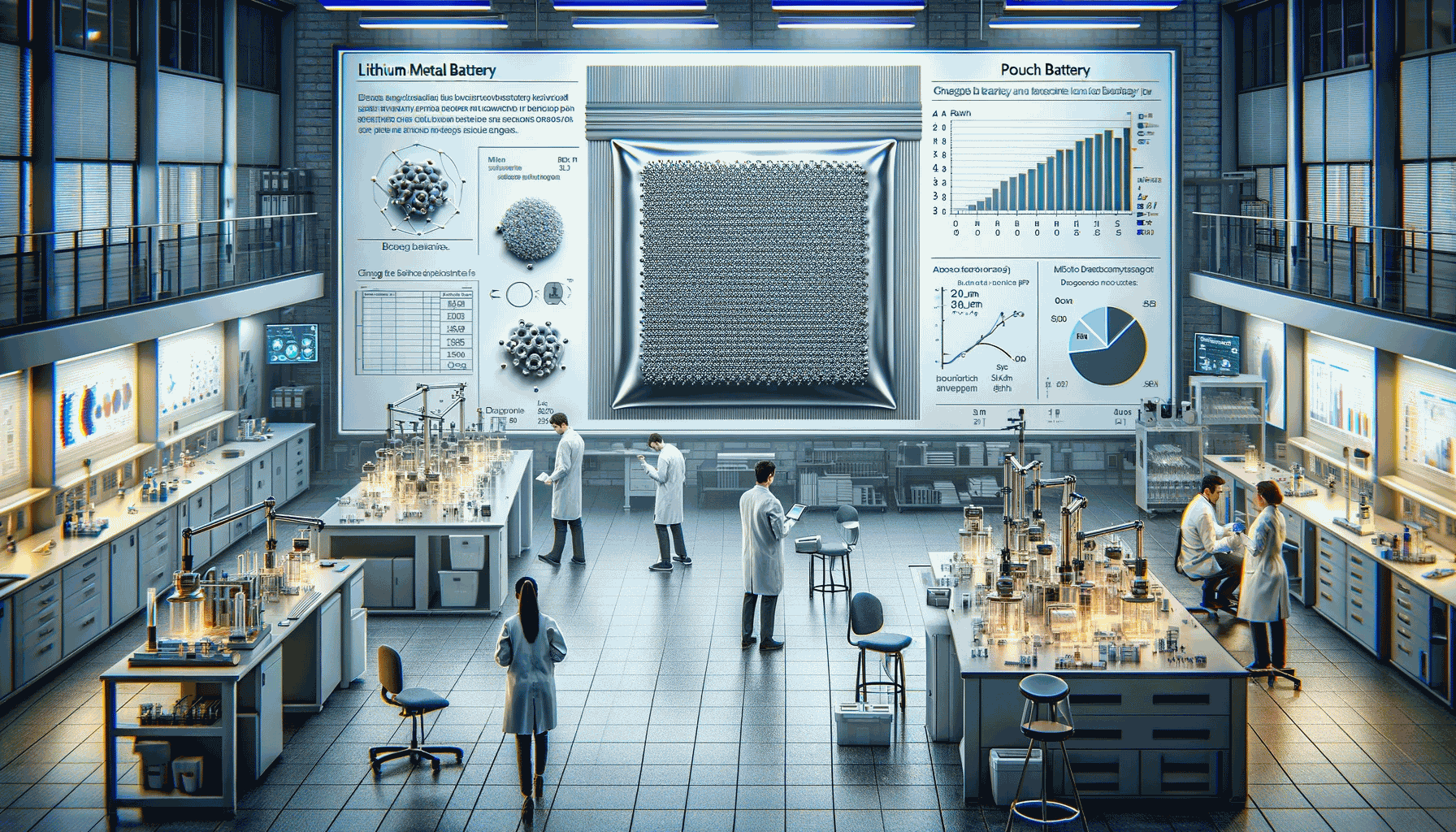In an era where the demand for efficient and sustainable energy storage is at its peak, a groundbreaking development from Harvard University’s School of Engineering and Applied Sciences has set a new benchmark in the field of battery technology. The researchers have unveiled a novel lithium metal battery capable of withstanding at least 6,000 charge and discharge cycles and boasting the ability to be fully charged within mere minutes. This revolutionary advancement not only promises to transform the way we use batteries but also paves the way for more practical applications in industries like electric vehicles.
The core of this research lies in the fabrication of solid-state batteries using lithium metal anodes, a method that has offered new insights into materials for potentially revolutionary batteries. The study, published recently in “Nature Materials,” highlights the significant strides made in understanding and utilizing lithium metal anodes. Xin Li, the paper’s author, remarked, “Lithium metal anode batteries are considered the holy grail of batteries. They possess a capacity ten times that of commercial graphite anodes, potentially increasing the driving range of electric vehicles significantly. Our research marks a vital step toward more practical solid-state batteries in industrial and commercial applications.”
One of the biggest challenges in designing these batteries has been the formation of dendrites on the anode surface. These root-like structures grow in the electrolyte, piercing the barrier that separates the anode and cathode, leading to battery short circuits and even fires. In 2021, Li and his team tackled this issue by designing a multilayer battery, interspersing different materials of various stabilities between the anode and cathode. This multilayer, multimaterial design did not completely block lithium dendrites but controlled and contained their penetration.
In their latest research, the team has made further strides by incorporating micrometer-sized silicon particles into the anode. This approach shrinks the lithiation reaction and promotes uniform electroplating of thick lithium metal, effectively preventing dendrite formation. Moreover, the electroplating and stripping processes can occur rapidly on flat surfaces, allowing the battery to be fully charged in just 10 minutes.
The experimental phase saw the creation of a pouch battery the size of a postage stamp, 10 to 20 times larger than most coin batteries produced in university labs. Remarkably, this battery maintained 80% of its capacity even after 6,000 cycles, outperforming other pouch batteries currently on the market.
This innovation from Harvard is more than just an academic achievement; it signifies a major leap forward in battery technology. With its enhanced capacity, safety, and efficiency, the lithium metal battery developed by Li and his team holds the potential to revolutionize energy storage and usage, particularly in electric vehicles, marking a significant milestone in our journey towards a more sustainable and energy-efficient future.
Post time: Jan-12-2024





